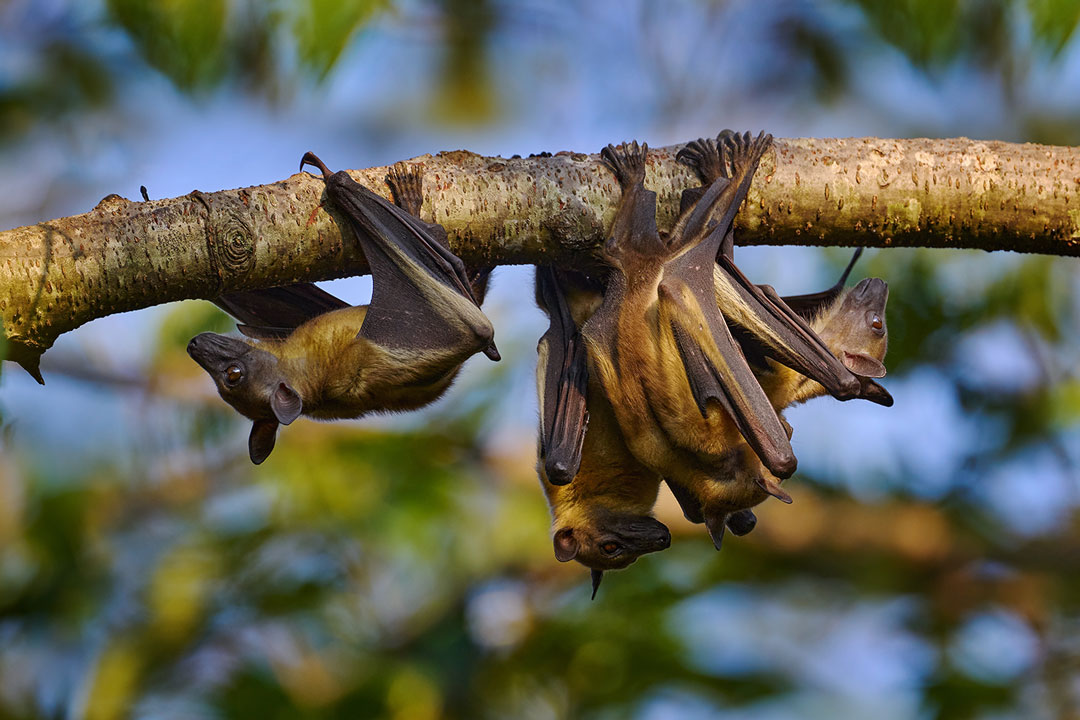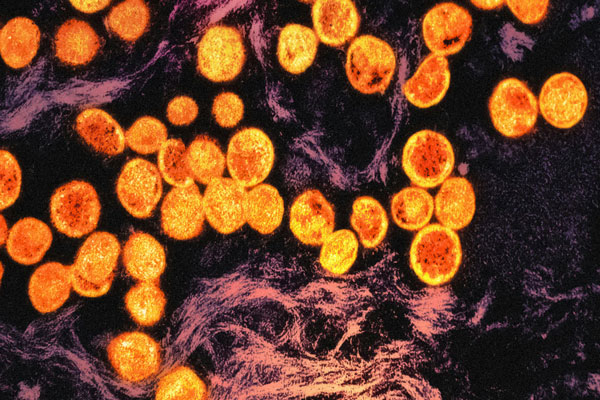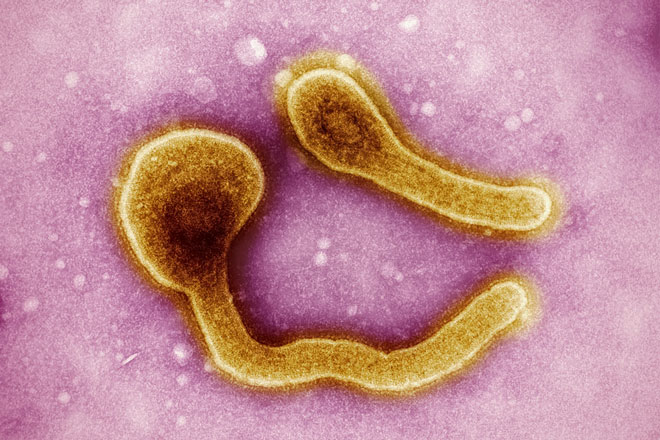Why India’s latest Nipah case means pandemic preparedness is more vital than ever
With COVID-19 still ongoing, viruses like Nipah are nipping at its heels as the potential next pandemic threat.
- 15 September 2021
- 3 min read
- by Priya Joi

When most of the world is still battling a pandemic that started 18 months ago, thinking about the next pandemic can seem far down the to-do list. But the Nipah outbreak in India's Kerala state this month, in which a 12 year old boy died of the deadly virus, is an alarm bell that another pandemic could be in the offing.
Until recently there were neither treatments nor vaccines for Nipah, but last year a phase 1 trial showed that a monoclonal antibody called M.102.4 was able to neutralise the virus.
A 90% chance of death
Nipah virus tends to live in fruit bats and is spread to people through food and drink contaminated with bat droppings. Unlike COVID-19, with which people tend to be more infectious before their symptoms set in, people infected with Nipah are most infectious when they start showing symptoms, which include fever, headaches, muscle pain, vomiting and sore throat.
When symptoms progress, people can experience dizziness, drowsiness or altered consciousness, and they can suffer encephalitis (brain inflammation) that can put them in a coma. Although people with Nipah can worsen rapidly, the symptoms can act as a warning sign for health workers to isolate them to avoid contagion.
Have you read?
The virus has a high – up to 90% – chance of death and can be spread from human to human through respiratory secretions or coughs and sneezes. While it doesn’t spread as fast as, say, SARS-CoV-2, the virus might mutate to spread more easily.
Experimental treatments and vaccines
This is the second outbreak in Kerala since 2018, when 17 of the 19 people infected died – a death rate of 89%. That outbreak was swiftly brought under control because the state health authorities responded quickly, bringing in a health officer trained in controlling Ebola. This time around, COVID-19 policies on mask-wearing and physical distancing have helped stem the spread of the disease. Currently, about 20 people are known to have had contact with the boy who died, with two health workers showing symptoms.
Until recently there were neither treatments nor vaccines for Nipah, but last year a phase 1 trial showed that a monoclonal antibody called M.102.4 was able to neutralise the virus. Although the treatment is still experimental, Kerala authorities have managed to procure the antibodies to stop the outbreak. More hope comes in the form of two experimental Nipah vaccines. One is HeV-sG, funded by the Coalition for Epidemic Preparedness Innovations (CEPI) that has showed promise in clinical trials, indicating that one dose of the vaccine could offer protection seven days after vaccination.
The second, ChAdOx1 NiV is based on the same vector as ChAdOx1 nCoV-19. In results published in a non-peer reviewed paper this July, the vaccine protects non-human primates against Nipah virus.
The race to contain Nipah
Neighbouring states are on high alert now, with Karnataka to the north and Tamil Nadu to the east strengthening surveillance and preparedness, and monitoring arrivals from Kerala for any Nipah-like symptoms. Samples from a suspected case in Mangalore, Karnataka have been sent for diagnosis.
Indian authorities are concerned that the virus may have spread to states that do not have as robust a health system as Kerala, as the capacity for surveillance and diagnosis is crucial for stopping an epidemic in its tracks.
More from Priya Joi
Recommended for you









